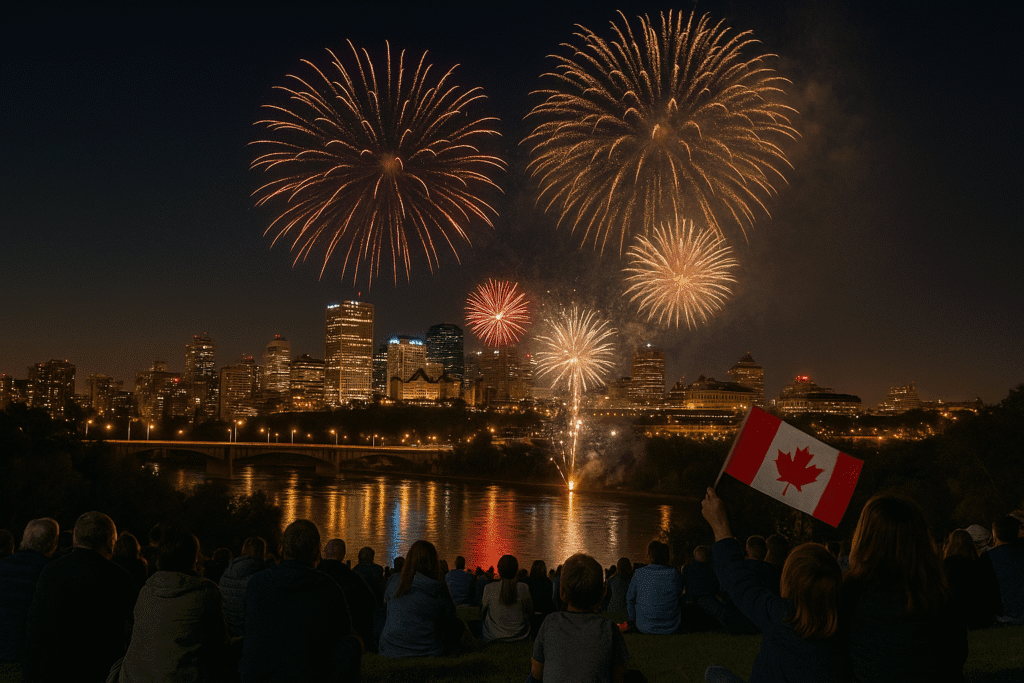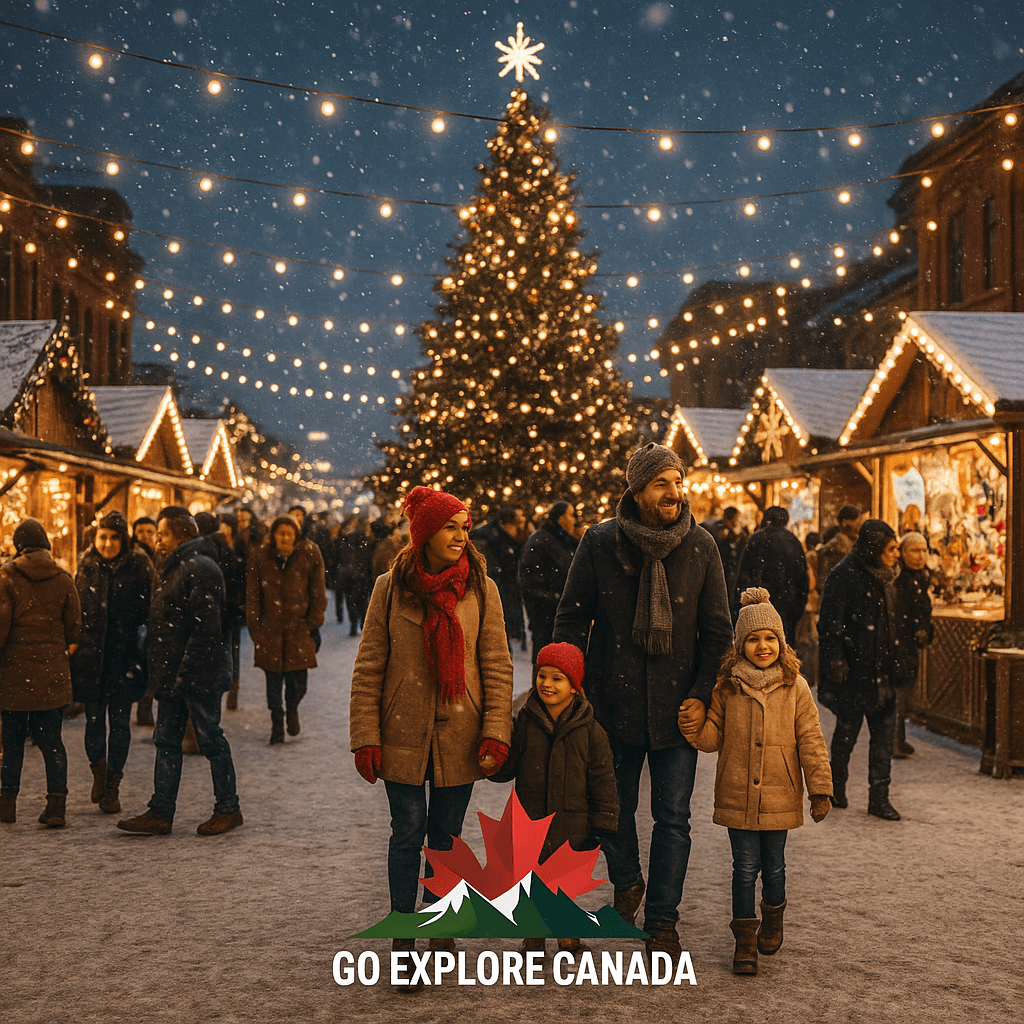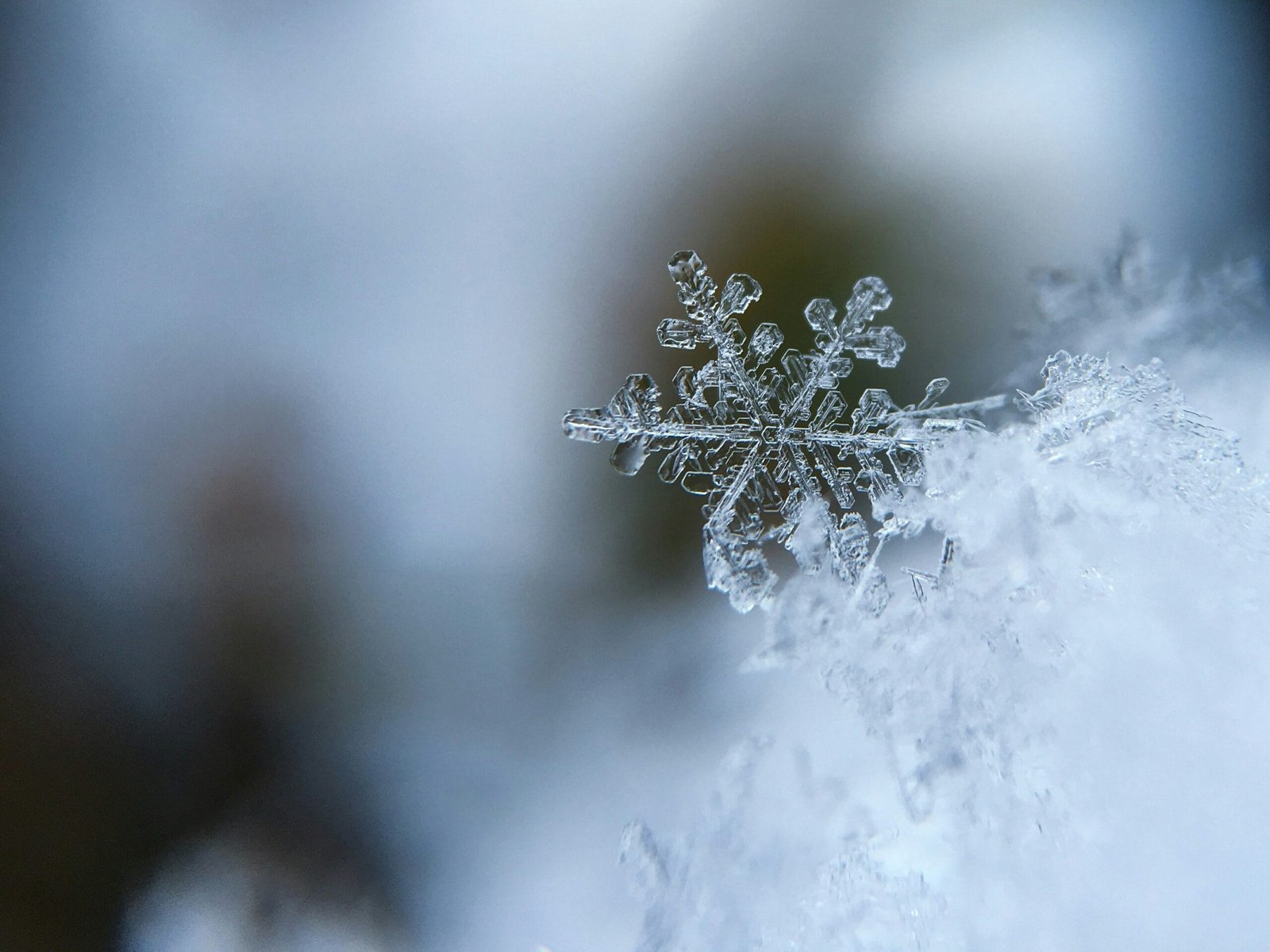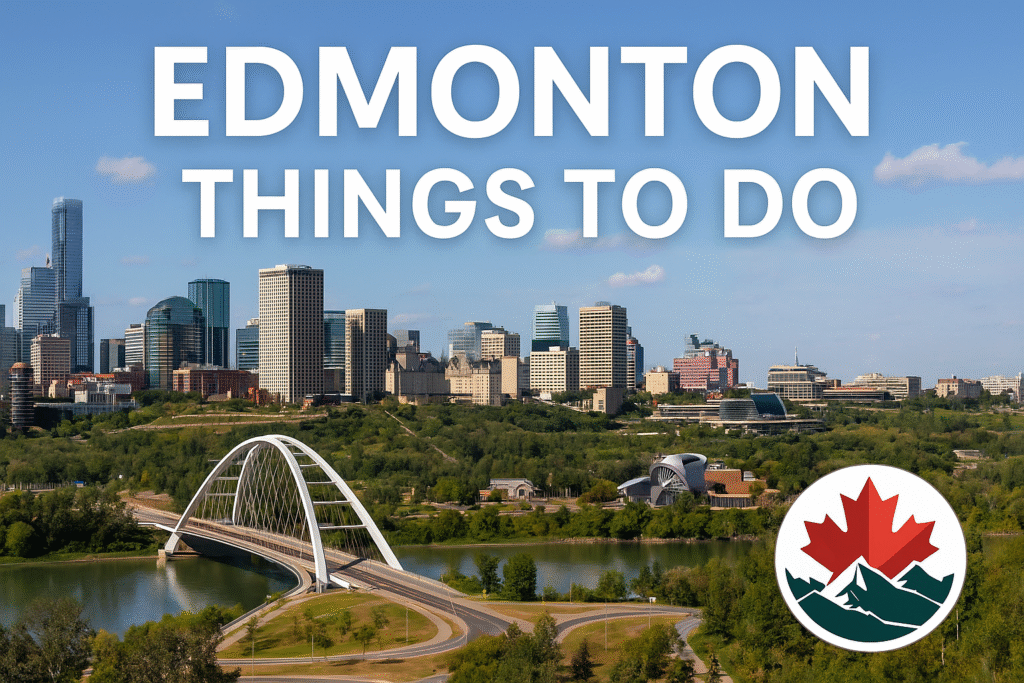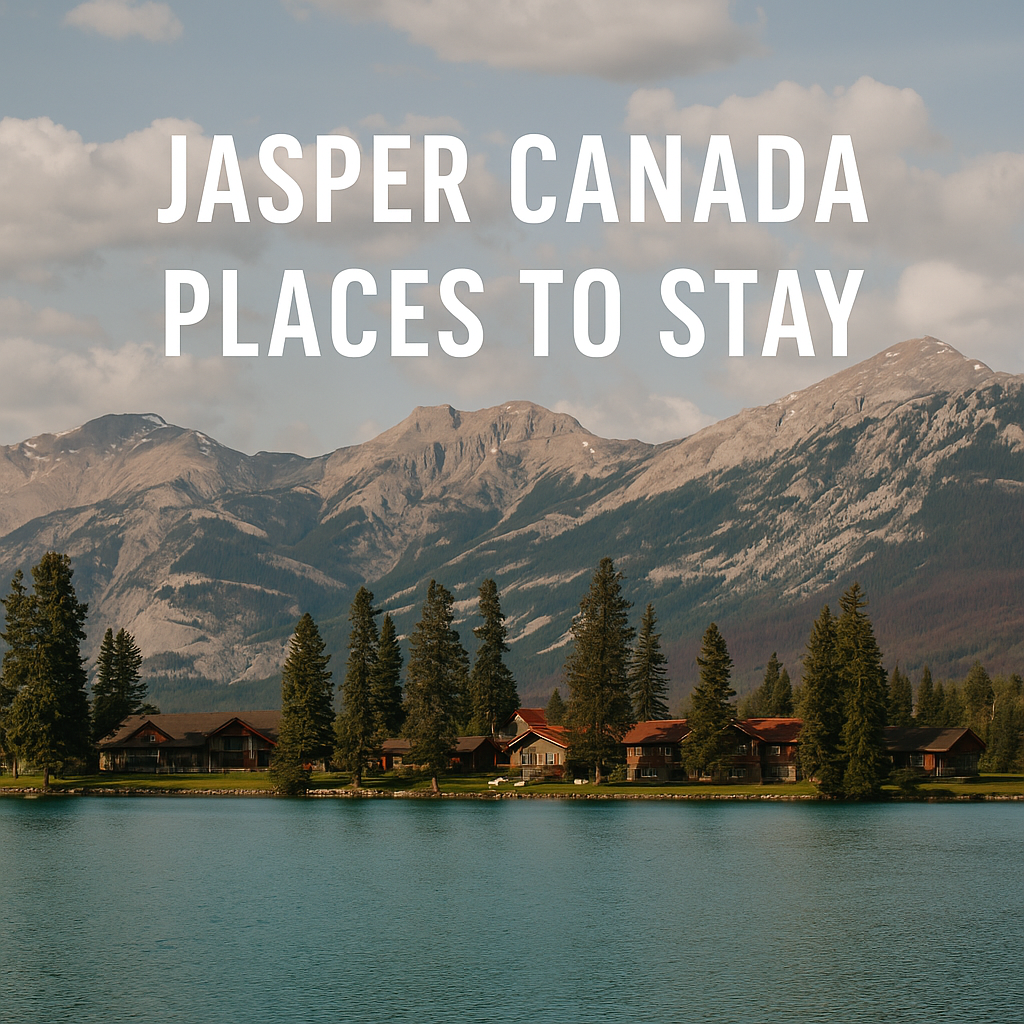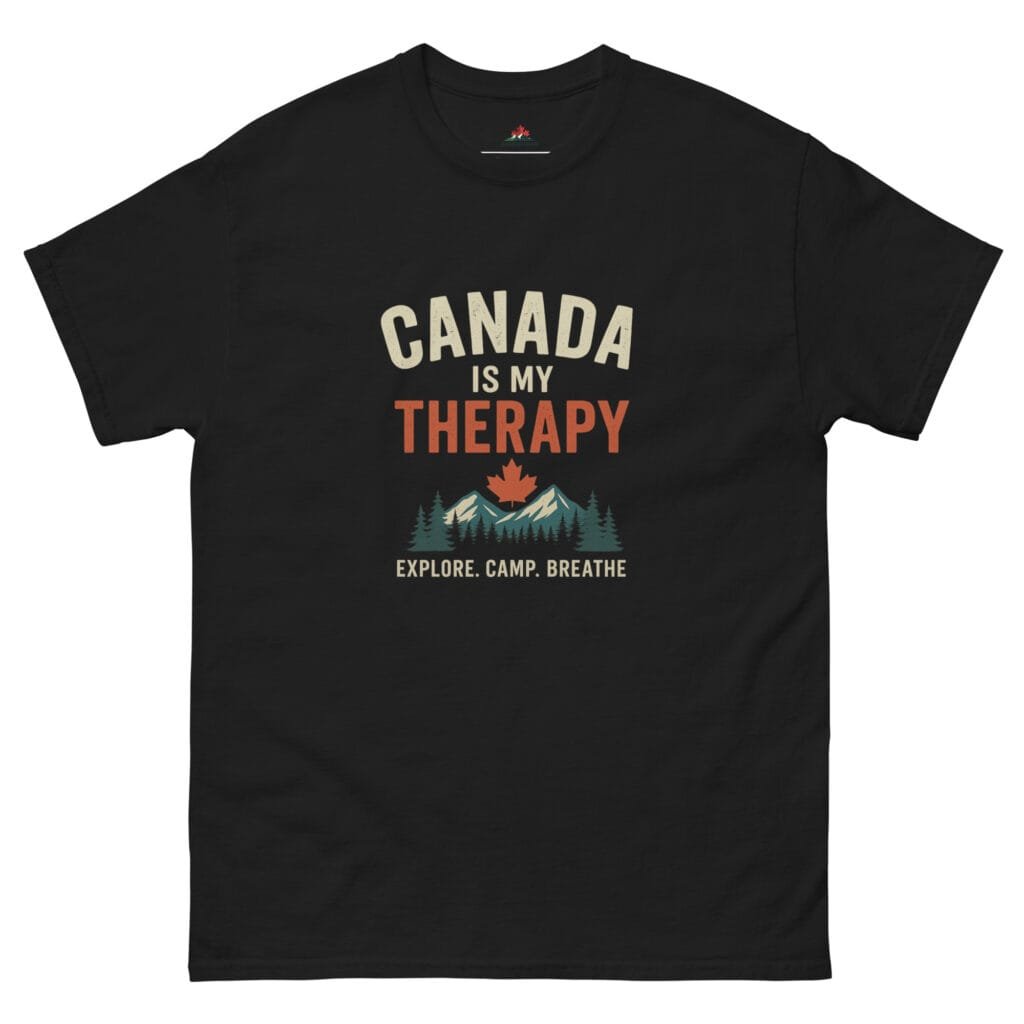
Winter in Canada: What to Expect and How to Enjoy It
Posted in Seasonal Travel
Introduction
Winter in Canada is magical, but also intense. From glowing northern lights to snowy adventures, the country becomes a frozen playground between November and March. Knowing what to expect will help you prepare, stay safe, and enjoy the season to the fullest.
What to Expect in a Canadian Winter
Weather Across Regions
- Western Canada: Mountain towns like Banff and Jasper get heavy snow. Temperatures range from –5 °C to –20 °C.
- Central Canada: Ontario and Quebec bring cold winds, snowstorms, and freezing rain.
- Northern Canada: The coldest, with –30 °C or lower. Long nights bring incredible northern lights.
- Atlantic Canada: Wetter and milder, but with powerful snowstorms.
Daily Life in Winter
- Snowplows and salt trucks are everywhere.
- Homes are heated and cozy indoors.
- Winter tires are required for safe driving.
📸 Section image: A snowplow clearing streets in a Canadian city.
How to Prepare for Winter in Canada
- Dress in layers: Base (thermal), mid (fleece), outer (waterproof).
- Winter gear: Gloves, scarf, toque, and insulated boots.
- Skin protection: Lip balm, moisturizer, sunscreen, and sunglasses for snow glare.
- Safety tips: Walk carefully on icy sidewalks, keep a car emergency kit, watch for frostbite below –20 °C.
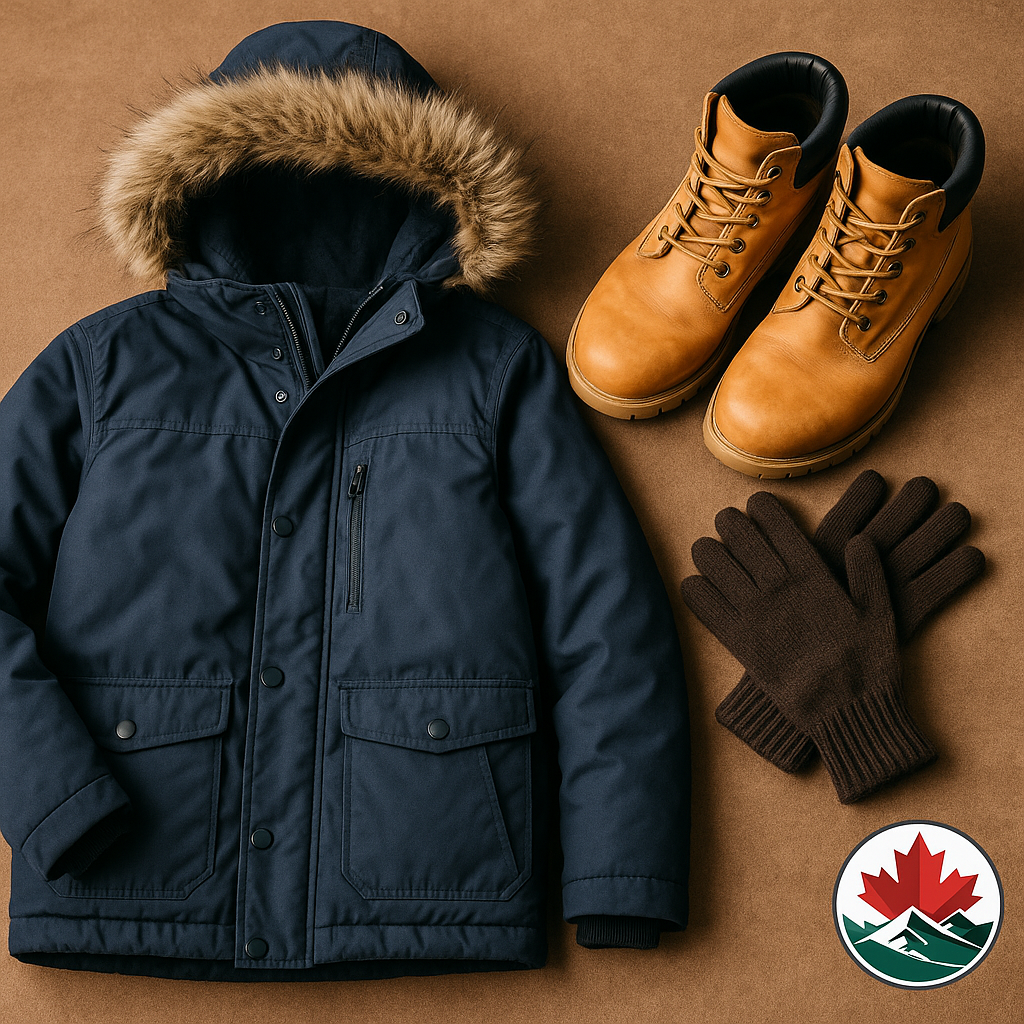
Best Things to Do in Winter in Canada
1. Winter Sports
Skiing in Banff, snowboarding in Whistler, or skating on Ottawa’s Rideau Canal.

2. See the Northern Lights
Top spots include Yellowknife, Whitehorse, and Jasper.
👉 Read next: Best Way to See Northern Lights in Canada
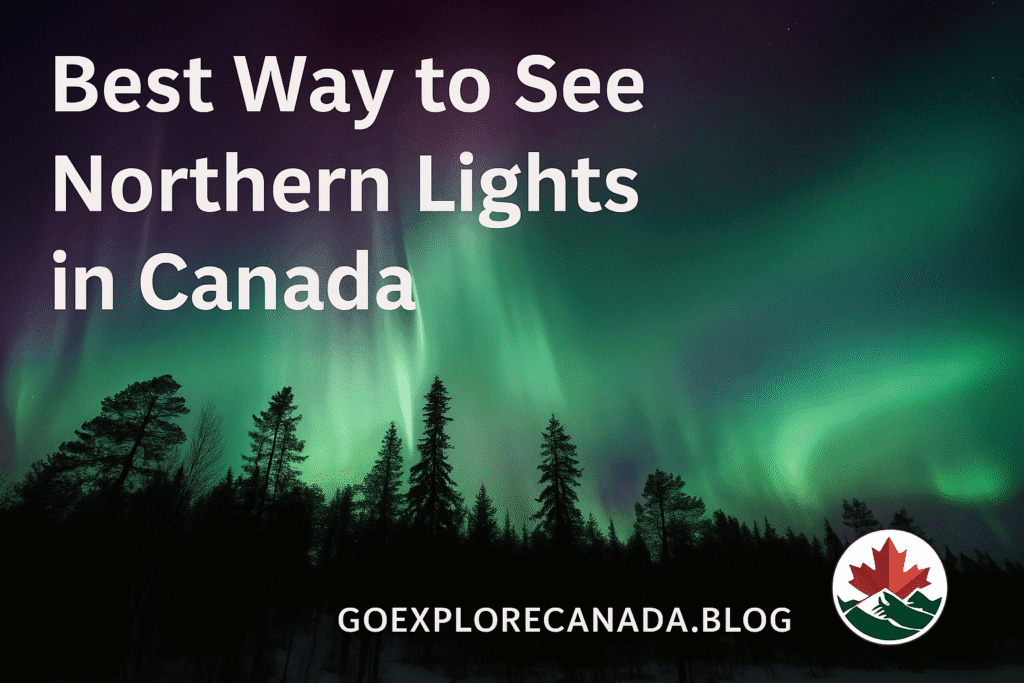
3. Join Winter Festivals
- Carnaval de Québec
- Ottawa Winterlude
- Niagara Icewine Festival

4. Explore Frozen Wonders
- Frozen Niagara Falls
- Ice walk at Maligne Canyon in Jasper
- Lake Louise skating

5. Cozy Indoor Escapes
- Sip maple taffy or hot chocolate
- Visit museums and galleries
- Relax in Banff Upper Hot Springs
Local Tips
- Don’t just survive—embrace outdoor fun.
- Good gear = comfort and safety.
- Check the weather forecast daily.
FAQ About Winter in Canada
It depends on the region. Southern areas average –5 °C to –15 °C. The north can drop below –30 °C.
January is usually the coldest month nationwide.
Yes! Winter is the best time because skies are darker and clearer.
Thermal layers, waterproof coat, insulated boots, gloves, toque, scarf, lip balm, and moisturizer.
Yes, but use winter tires, check road conditions, and keep an emergency kit.
Conclusion
Winter in Canada is cold, snowy, and sometimes challenging—but also beautiful. With the right clothing and preparation, you can enjoy skiing, skating, festivals, and even the northern lights. Instead of hiding indoors, embrace the season and discover why Canadians love their winters.

Welcome to GoExploreCanada.com, your go-to guide for exploring Canada. Discover tips, travel guides, and stories about the breathtaking landscapes, vibrant culture, and delicious cuisine from coast to coast. Join us on an adventure to uncover the hidden gems of Canada!
“Canada Is My Therapy” Hiking & Camping Shirt – Explore. Camp. Breathe.
Price range: $20.50 through $34.00




